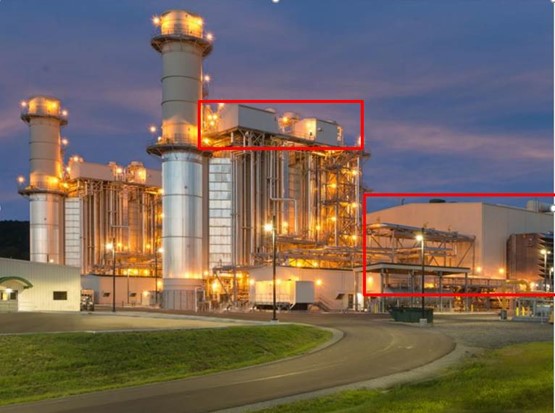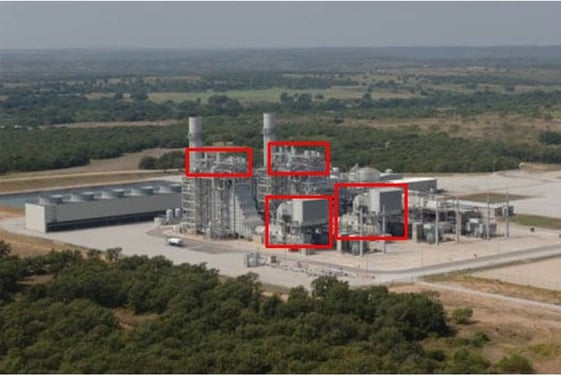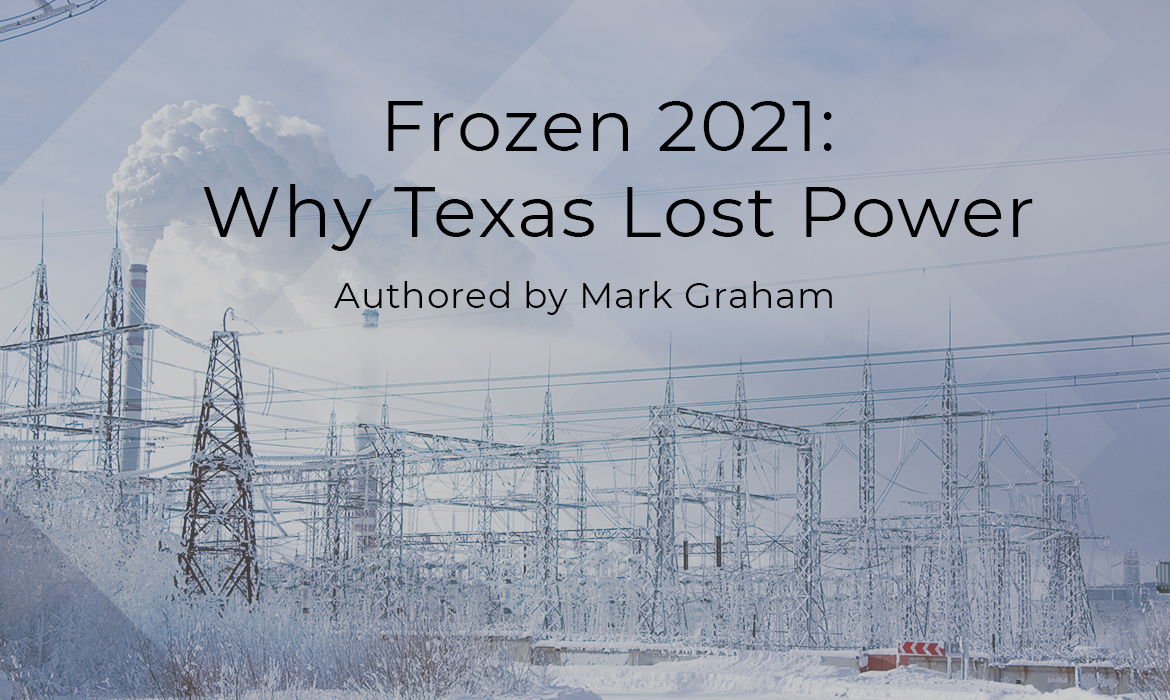At one point, I worked in operations at a 1200 MW combined cycle power plant. I worked there in 2011. That was the last time a major cold spell hit Texas. During that incident, ERCOT shed 7 GW of power capacity. During the recent cold weather incident, ERCOT lost over 40 GW of power generation capacity.
The lost capacity left millions of people to fend off freezing temperatures without electricity. How did that happen? The short answer is money has not been invested on weatherization for generators.
Weatherizing Plants: A Picture Worth a Thousand Words
This is a power plant in Alberta. Notice how everything is enclosed:

Image 1: Alberta power plant
Below is the plant I used to work at (or half of it): A little harder to see due to picture quality but notice there is no enclosure on top of the boiler/HRSG (Heat Recovery Steam Generator) and the air-intake.

Image 2: Texas power plant
When you hear that not enough is being done to “weatherize” plants, this is what needs to be addressed.
Going Offline: Water Pipes and Critical Instrument Failure During Freezing Temps
That plant I used to work at would use 2 million gallons of water a day during peak summer conditions through its cooling towers. It isn’t evaporating that much water during the winter, but it still requires the on-site capacity to process and use it. The water purification plants at this site alone could run a decent-sized city. Additionally, the water put into the boiler had to be demineralized water, because any residue/scale that would be left behind once boiled would rupture the boiler.
As you could imagine there are a lot of water pipes running through these plants most of which if frozen, would trip the plant.
Surprisingly, in my experience, it wasn’t these pipes or even the water plant in general that tripped units offline. It was critical instrumentation monitoring and controlling temperature, pressure, flow, etc. throughout the plant. In Texas, most of these instruments are all open to atmosphere, pneumatic, and connect directly to the control room, giving the operators their eyes and ears. Most of these instruments are redundant but they are still no match for wet freezing weather and even though operationally, the plant is working fine, if the control room loses its eyes and ears, of course, the plant is going to trip offline for safety purposes.
In 2011, maintenance techs were on forklifts with brooms scrubbing the ice off the intake and running around the plant with make-shift tents/space heaters trying to thaw out frozen equipment with what they had available. Additionally, ERCOT/ONCOR did not perform their due diligence and include the compressor station supplying the plant in their rolling blackouts because they were not included as critical infrastructure, which further crippled the plant.
It takes money to address these issues to make sure the plant can stay operational in freezing conditions. Who is going to pay for those costs?
Affordability vs. Reality: The Price Worth Paying
In general, generators producing power are paid the marginal price of power based on the least efficient/most expensive unit currently online, if they are selected to run by the ISO. This is an interesting and complex topic for another day. Let’s focus on the question about who is going to pay for freeze protection.
The Northeastern equivalent of ERCOT is ISONE (Independent System Operator New England). In ISONE, the generator fronts the capital cost if they ever plan on being available in the winter months when freezing is common. These costs are embedded in the cost of power in ISONE. But in Texas, where freezing conditions are much less common, is it worth it to pay substantial capital costs, increasing your marginal cost of power, lowering your chances as a generator of getting selected as a base load unit, when your competitors are not? I personally wouldn’t pay for it and because of this, ERCOT is in its current situation where plants can’t stay online during extreme conditions.
We would need to find a way to compensate generators who invest in freeze protection to prevent this from happening again, but this protection is going to come in the form of increased power prices through ancillary costs, passing that cost of course back to the consumer. In 1999, Texas lawmakers deregulated the energy market monitored by ERCOT, hoping it would lower prices through competition. It did just that, but at the expense of reliability. So I guess the question is, how much are we willing to pay for freeze protection, and how much regulation do we want in our wholesale markets?
Related article: See Texas Once Again Unequipped to Handle Extreme Cold for more details on the recent winter storm and what caused blackouts.
At Veritas Total Solutions, we believe in sharing our perspectives on the energy industry with peers, clients and colleagues. If you want to chat with us or if you are interested in learning more about our specific capabilities, contact us or subscribe to our podcast and blog to stay connected.

